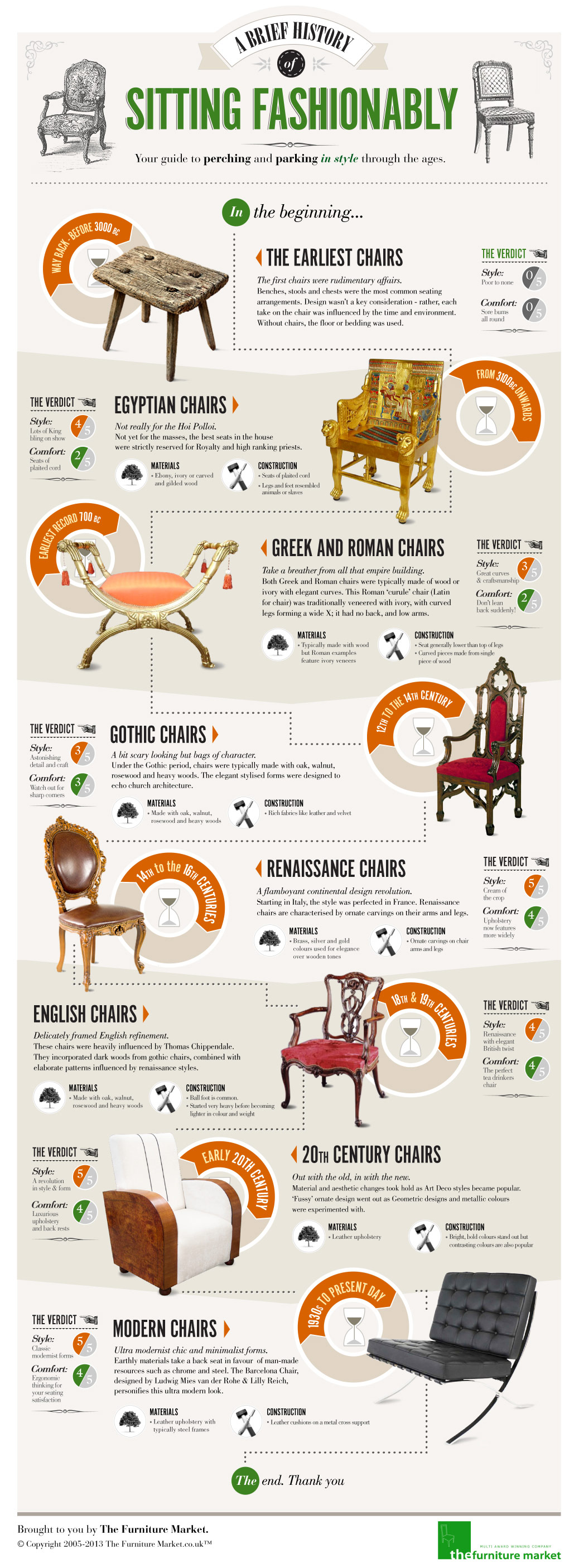A Step-By-Step Guide To Restoring Antique Cabinets
A Step-By-Step Guide To Restoring Antique Cabinets
Blog Article
Authored By-Gorman Stefansen
To start the journey of recovering antique cupboards, you need a keen eye for detail. Picture discovering hidden secrets within each layer of history embedded in the wood. Picture the fulfillment of reviving a once-forgotten piece to its previous splendor. Every step of this precise procedure holds the vital to protecting the past while creating a future treasure. So, are you prepared to start this transformative venture and unlock the possibility of your antique cupboards?
Analyzing the Cabinet's Problem
When starting the reconstruction process, beginning by evaluating the condition of the antique closet. Meticulously analyze the general structure for any type of indicators of damages such as splits, chips, or loosened joints. Check the timber for any type of rot, bending, or insect problem that might have taken place with time. It's crucial to establish the degree of the reconstruction needed before continuing additionally.
Next, examine the cupboard's hardware such as joints, handles, and locks. Make note of any type of missing items or components that require fixing or substitute. Make certain that all hardware is working appropriately and safely attached to the cupboard.
In addition, evaluate the cupboard's coating. Try to find any type of scratches, spots, or staining that might affect the visual charm. Identify if the surface requires to be stripped and reapplied or if a straightforward touch-up will be adequate.
Collecting the Essential Tools and Materials
After analyzing the problem of the antique cupboard, the next step is to collect the needed devices and products for the repair process. Prior to you begin, guarantee you have the complying with items handy:
- wood cleaner
- sandpaper in various grits
- timber filler
- paint or timber tarnish
- brushes
- gloves
- security goggles
- a dust mask
- a ground cloth
- a putty blade
- a hammer
- a screwdriver
- a vacuum cleaner
These tools and products are necessary for a successful repair.
Timber cleaner is vital for getting rid of years of dust and crud build-up, preparing the surface area for sanding. Sandpaper of various grits aids in smoothing out blemishes and preparing the timber for a brand-new coating. Timber filler is handy for repairing any kind of fractures, openings, or damages existing in the closet.
Paint or timber stain, along with brushes, allow you to customize the closet to your preference. Keep in mind to wear handwear covers, safety goggles, and a dust mask for defense. Put down a drop cloth to safeguard your workplace, and utilize a vacuum cleaner to tidy up any type of particles.
With Discover More and products gathered, you prepare to begin the reconstruction procedure.
Performing the Repair Process
To effectively carry out the restoration process on your antique closet, begin by thoroughly cleaning the surface area with the wood cleaner. This step is essential as it aids eliminate years of dust, crud, and old gloss that might have accumulated on the surface.
As soon as the cabinet is tidy and dry, examine the problem of the timber. Try to find any type of cracks, scrapes, or various other damages that need to be attended to. Use timber filler to fix any type of flaws, seeing to it to match the filler shade to the wood tone for a seamless finish.
After the fixings have dried, delicately sand the entire surface to produce a smooth and also base for the new coating. Be https://loweskitchenremodelingser86060.bloggactif.com/28470065/explore-a-world-of-fine-skill-and-personalized-creative-thinking-together-with-a-skilled-custom-made-closet-manufacturer-where-your-home-rise-to-practical-pieces-of-charm not to sand also strongly, as you do not wish to damage the wood underneath.
When the sanding is full, use a wood discolor or complete of your option, adhering to the manufacturer's directions. Enable the surface to completely dry completely prior to using a protective top coat to make sure the longevity of your restored antique closet.
Conclusion
Now that you have finished the repair process, your antique closet looks comparable to brand-new.
By complying with the step-by-step guide, you were able to assess, fix, and boost its condition effortlessly.
With a fresh surface and safety top coat, your valued piece will continue to shine for years to come.
Appreciate the appeal of your brought back antique cupboard!
